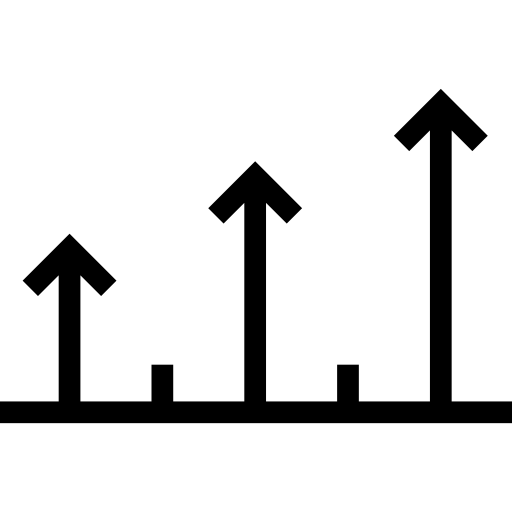
Starting date : Nov. 2016 > Avr. 2021
Lifetime: 54 months

Program in support : H2020-ICT-2016-2017 / RIA

Status project : complete

CEA-Leti's contact :
Mathieu Perriollat

Project Coordinator: Politecnico Di Milano (IT)
Partners: - AT: European Institute for Biomedical Imaging Research
- DE: iC-Haus GmbH
- FR: CEA-Leti, SuperSonic Imagine, Vermon SA
- GB: University College London
- IT: Micro Photonic Device S.R.L., Ospedale San Raffaele SRL, Politechnico di Milano

Target market: n/a

Publications:«High throughput detection chain for time domain optical
mammography», E. Ferocino, E. Martinenghi, A. Dalla Mora,
A. Pifferi, R. Cubeddu, P. Taroni, Biomedical Optics Express
2018.
«Instrumental, optical and geometrical parameters
affecting time-gated diffuse optical measurements:
a systematic study», A. Behera, L. Di Sieno, A. Pifferi,
F. Martelli, A. Dalla Mora, Biomedical Optics Express 2018.
«How should the new generation of detectors for diffuse
optics be? A systematic simulation study», L. Di Sieno,
A. Behera, A. Pifferi, F. Martelli, A. Dalla Mora, Biophotonics
Congress 2018.
«Chromophore decomposition in multispectral time-resolved
diffuse optical tomography», J. Zouaoui, L. Di Sieno,
L. Hervé, A. Pifferi, A. Farina, A. Dalla Mora, J. Derouard,
J.-M. Dinten, Biomedical Optics Express 2017.
«Non-invasive optical estimate of tissue composition to
differentiate malignant from benign breast lesions: a pilot
study», P. Taroni, A. M. Paganoni, F. Ieva, A. Pifferi, G. Quarto,
F. Abbate, E. Cassano, R. Cubeddu, Scientific Reports 2017.
«Attractive new technologies for 7-wavelength time
domain optical mammography», E. Ferocino, E. Martineghi,
A. Dalla Mora, A. Pifferi, R. Cubeddu, P. Taroni, Diffuse Optical
Spectroscopy and Imaging VI 2017.
«Novel approaches to photon detection and timing for
7-wavelength time domain optical mammography»,
E. Ferocino, E. Martinenghi, A. Dalla Mora, A. Pifferi,
R. Cubeddu, P. Taroni, Fotonica 2017.
«Time-domain diffuse optical tomography using silicon
photomultipliers: feasibility study», L. Di Sieno, J. Zouaoui,
L. Hervé, A. Pifferi, A. Farina, E. Martinenghi, J. Derouard,
J.-M. Dinten, A. Dalla Mora, Journal of Biomedical Optics
2016.

Investment: € 3.8 m.
EC Contribution: € 3.8 m.

| Stakes
CEA-Leti is ensuring design of the new system, integration of the bimodal probe and assembly of the full prototype in terms of hardware and software. Comprehensive specifications has been iteratively consolidated to suit the expectations of the three partners acting as project clients: high flexibility for research purposes, conformity to medical workflow, and production of sustainable results to support an industrial strategy.
The multimodal probe has been built from a standard ultrasound probe for breast cancer diagnosis and fitted with height smart optodes – a novel photonic component developed by the project partners. During development, CEA-Leti has worked closely with the industrial partners on safety issues and integration of subparts.
CEA-Leti has developed the software, while other partners have finalized the hardware components and algorithms. This software is a generic platform designed to facilitate re-use in similar projects involving data acquisition, data processing and clinical study.
CEA-Leti is also involved in analyzing and visualizing the data. The integration of the optical tomography algorithms provided by the partner involved in their development has already started within the scope defined by CEA-Leti.
Finally, CEA-Leti has anticipated prototype usage during clinical tests. The examination protocol and management of medical database have been jointly defined with the project radiologists.
SOLUS is a cross-disciplinary, 48-month project bringing together 9 partners: 4 industrials, academic and clinical institutions from 5 countries (engineers, physicists and radiologists) with cutting-edge expertise in their fields. The project involves developing an innovative non-invasive, point-of-care, low-cost, easy-to-operate, multi-modal imaging system (diffuse optics and ultrasounds/ shear wave elastography) for high-specificity diagnosis of breast cancer, which is the most common female cancer in Europe. Mammographic screening is effective in reducing mortality, however the 10-year cumulative false-positive risk is 50-60%, leading to unnecessary additional invasive procedures (e.g. biopsy). The project addresses the unmet clinical need for higher specificity in breast cancer imaging following screening by combining photonic with non-photonic techniques, developing and clinically validating innovative and previously unimagined photonic concepts and components. These include time-domain small source-detector distance featuring miniaturized picosecond pulsed laser sources and time-gated single-photon detectors for high dynamic range signal acquisition to achieve unprecedented sensitivity and depth penetration. For the first time, this allows comprehensive quantitative characterization of breast tissue including composition (water, lipids, collagen), functional blood parameters, morphologic information and mechanical parameters (stiffness). This innovative multi-parametric characterization will significantly improve the specificity of breast screening, will have a major impact on the quality of life of millions of European women and will offer huge savings for healthcare systems. Strong commitment of leading industrial players at all levels of the value chain will drive the European innovation process and make a significant contribution to ensure Europe’s industrial leadership in the biophotonics healthcare market, while addressing one of the largest societal challenges in health and well-being.
IMPACT
The project aims to improve the quality of life of women thanks to rapid, non-invasive diagnosis of breast cancer, while saving the cost of biopsies induced by erroneous positive screenings.
The device is a tool for monitoring tissue response to treatment, thereby making personalized therapy possible.
This collaborative work is intended to extend Europe’s leadership in biophotonics with development of the smart optode, a sensor for timeresolved measurement in diffuse optics.
|
|